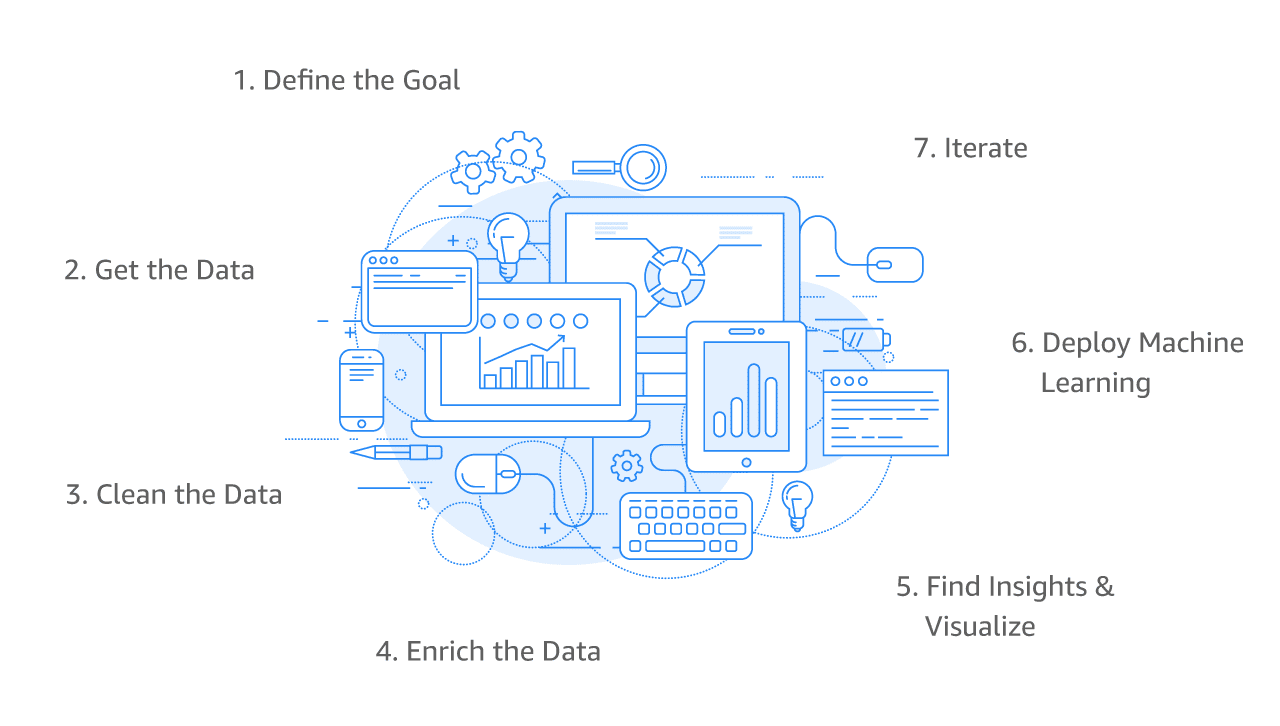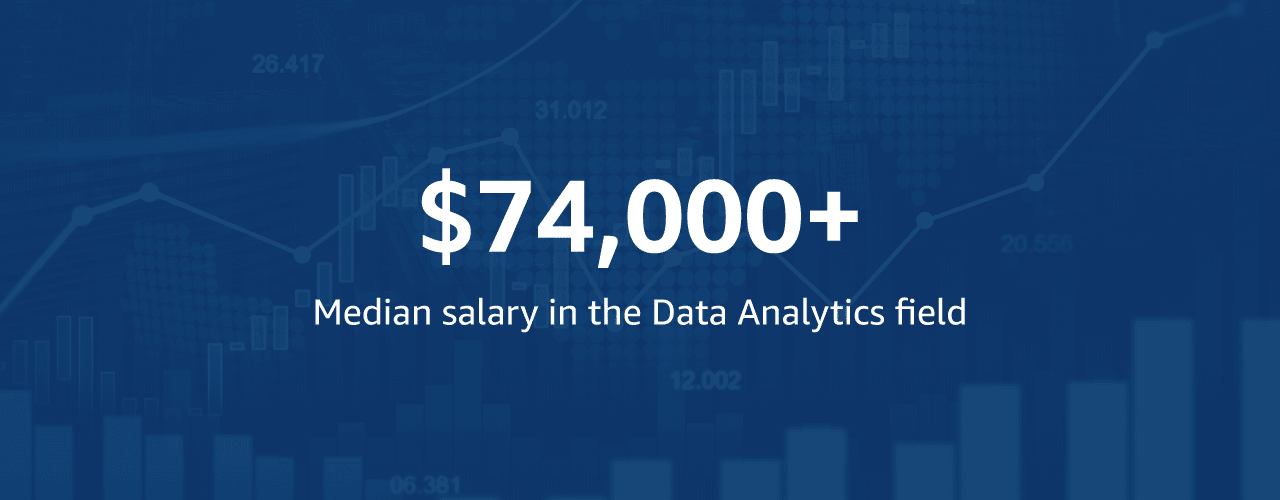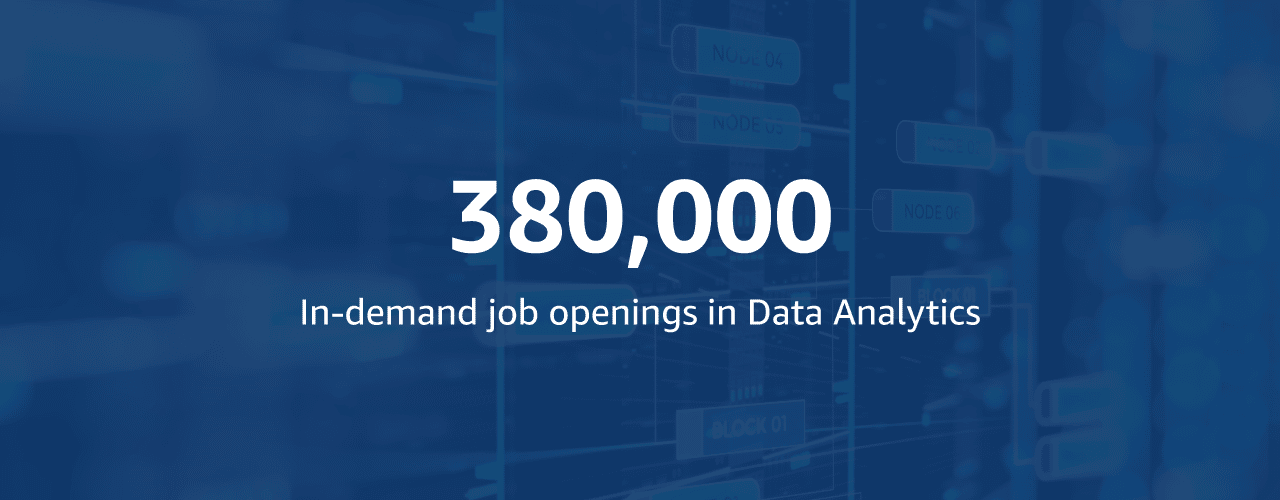How to Become a Data Analyst in Malaysia
How to Become a Data Analyst in Malaysia
This guide reveals how aspiring professionals in Malaysia can launch a high-growth career in data analytics—covering role responsibilities, essential tools like Power BI and SQL, local market demand, and actionable certification and training pathways to thrive in 2025’s data-driven economy.
Understanding the Role of a Data Analyst
Data analysts are critical to Malaysia’s digital economy. They turn raw data into actionable insights that guide business strategy, enhance efficiency, and identify new opportunities. Organizations in sectors such as banking, e-commerce, healthcare, and government are increasingly seeking professionals who can analyze and visualize data to support smarter, faster decision-making.
The role requires both technical expertise (databases, SQL, Python/R, data visualization tools like Power BI or Tableau) and business acumen (understanding operations, market behavior, and consumer patterns).
With Malaysia’s push for data-driven transformation under the MyDIGITAL blueprint, skilled data analysts are not just in demand—they are essential.
What is a Data Analyst?
A data analyst in Malaysia is responsible for collecting, processing, and performing statistical analyses of data. Their job is to take that data and use it to help companies make better business decisions. Data analysts often work with IT teams, management, and/or data scientists to determine organizational goals. They mine and clean data from primary and secondary sources, then analyze and interpret results using standard statistical tools and techniques.
Understanding the Role of a Data Analyst
What is a Data Analyst?
A data analyst is a professional who collects, organizes, and analyzes data to provide insights that support organizational decisions. In Malaysia, data analysts frequently work with IT teams, managers, and data scientists to:
- Extract data from primary and secondary sources.
- Clean and process datasets for accuracy and reliability.
- Apply statistical techniques to identify patterns, correlations, and anomalies.
- Translate findings into visual dashboards and reports that decision-makers can act on.
- Put simply: a data analyst bridges the gap between raw data and strategic business outcomes.
Key Responsibilities of a Data Analyst
The key responsibilities of a data analyst include:
- Collecting and processing datasets from databases, APIs, and spreadsheets.
- Building and maintaining databases to ensure data quality, security, and accessibility.
- Analyzing data trends using statistical models and programming.
- Designing visualizations and reports to make insights clear for non-technical stakeholders.
- Collaborating across departments (marketing, finance, operations) to implement data-driven solutions.
- Staying updated with industry tools such as Python, SQL, Tableau, Power BI, and emerging AI-powered analytics.
Why become a Data Analyst?
A career in data analytics offers strong growth potential and attractive rewards:
- High Demand: Industries including finance, healthcare, e-commerce, and manufacturing are actively hiring data analysts to support digital adoption.
- Competitive Salaries: Glassdoor Malaysia data shows entry-level data analysts earn around RM45,000 annually, with senior roles reaching RM100,000+ depending on experience.
- Clear Career Pathways: Many analysts progress into roles such as data scientist, business intelligence specialist, or analytics manager.
- Dynamic Work Variety: Projects span customer behavior analysis, fraud detection, supply chain optimization, and AI-driven insights, ensuring a career that is both engaging and impactful.
Data Analytics: The Present & Future Reality
Data analytics isn’t just part of the landscape—it’s reshaping everything. The discipline, which encompasses data extraction, storage, analysis, and visualization, has evolved from a niche specialty into a business-critical capability. Companies worldwide now depend on analytics to steer decisions, streamline operations, and optimize outcomes.
Key Drivers Making Data Analytics Essential Now
- Massive Market Expansion: Global data analytics market: from $74.8 billion (2024) to $94.9 billion (2025) with a 26.8% CAGR
- High Local Demand in Malaysia: Malaysia’s big data analytics sector forecasted at US$1.9 billion by 2025, signaling strong local uptake
- Transformational Influence Across Industries: Companies across finance, e-commerce, healthcare, and public sectors increasingly lean on data analysts to optimize outcomes—from marketing segmentation to fraud detection and resource planning
- Growing Need for Capable Talent: With evolving technology, the demand for skilled professionals—those who can not only analyze data but derive strategic insights—is surging across sectors—from tech startups to enterprise firms and government agencies.
As one Malaysian Reddit user correctly surmised: mastering SQL and Power BI is often the fastest way to move from zero to internship-ready in the industry
Why This Matters
- Aspiring Analysts: Clear entry path into a growing career with financial upside and variety.
- Employers: Faster, insight-driven decision-making with certified talent.
What a Data Analyst Does?
A data analyst is an individual in charge of gathering, processing and conducting statistical analyses on a large dataset. They are responsible to discover the different ways that these data can be utilized to solve problems or produce workable solutions. With the advancement of computers, data analysis gas also progressed in tandem with newer technological innovations. “The evolution of the relational database also gave data analysis a new dimension as it now allows analysts to use SQL to collect data from databases.”
What basic skills you should have as a Data Analyst?
You will probably need to possess skills in mathematics, statistics, communications as well as work with tools that are designed to carry out data analytics and visualizations. In Malaysia, there is a growing demand for data analysts with expertise in big data, machine learning, and proficiency in tools like Python and R.
Ready to explore this high-demand career. Them keep reading!
Educational Requirements for a Data Analyst
To become a data analyst, you typically need a bachelor’s degree in a quantitative field, such as:
- Mathematics
- Statistics
- Computer Science
- Information Technology
- Business Administration
Coursework in statistics, data analysis, and computer programming (e.g., Python, R, SQL) is highly valued. Additionally, many data analysts hold advanced degrees, such as master’s or Ph.D.s, which can provide a competitive edge in the job market.
A Step-by-Step Guide to Becoming a Data Analyst
Get familiarized with the bare bones of data analytics
Take a deep dive of the world of data analytics using some of the top tools and contexts. The base component of this step lies in understanding the theory behind data analytics. Grasp as much theory as you can about it. Learn how it is being applied in real-life situations, and be familiar with the types of analyses that an analyst may conduct.
Let’s get down to the serious part.
The most effective and to some extent rewarding way to go down the data analytics career is to enroll in a bachelor’s degree or specialized programmes. Now, your next question may be “How long does it take to become a data analyst?” A college degree usually takes around three to four years.” Which might be too long for most professionals. Educational institutions in Malaysia offer specialized programs and degrees tailored for aspiring data analysts, providing a robust foundation for a successful career in this field.
With the plethora of training programmes, and training scholarships offered, your dream of becoming a data analysts might not actually be that far fetched.
In fact, many data professionals, have pivoted career paths only post graduation.
Keep up to date with the latest data analytics tools.
Know the latest tools related to data analysis, which include:
- Spreadsheets and querying languages relied on by data analysts, like SQL and XML
- Programming frameworks and languages, such as Python, Hadoop, and R
- Visualization tools, such as Power BI, Tableau; Bokeh, Plotly, and Matplotlib
You should also have experience in one or more top data analysis solutions, such as Adobe Analytics and Google AdWords & Analytics.
In addition, you may want to put together practice works that deal with the various stages of data analysis: researching businesses and opportunities, setting the standards of the data you must gather, collecting and cleaning such data, then shaping and studying it using tailor-built algorithms. Lastly, transform these insights into stunning visualizations.
Try touching on a number of practice projects to master and show your skills in working with several data types, mining structured data, texts, images, audio, or video to conduct statistical analysis, identity causality, and perform predictions.
Polish up on your soft skills.
As with any job that you might hold, soft skills play a pivotal role. Here are some soft skills that might come in handy at your next data analytics role.
- Good at research
- Good at numbers
- An analytical mindset
- Excellent communication, collaboration, and presentation skills
- A problem-solver
- Great attention to details
- Excellent organization skills and can meet deadlines
- Business acumen
- Knowledge of logical and methodical approaches
Feel like you might already possess some of these skills, then go on and note that your skill gaps and fill those up. If your current workplace offers a kind of development in these areas, grab it. You can also look for opportunities elsewhere. For instance, carry out informal meetups.
List as many essential skills on your CV as possible when sending in your job application. Albeit, often overlooked some times your soft skills can be the deciding factor on getting hired.
Make visualizations and practice demonstrating them.
Practice making your own visualizations and look for the perfect way to allow the data to speak for itself. Microsoft Excel comes into the picture even at this early stage, and it remains to be useful after more than three decades and is inevitable in the data science field.
Data analysts should also be able to use visualizations to explain outcomes. If such communication skills do not come innately to you, start practicing now. If needed, start small by presenting to a friend, then colleagues, and so on.
It’s time to build your network, to increase your net worth.
We hear this a lot and yes, they can be awkward, but we can’t emphasize enough how important it is to have a strong network – regardless of how you do it, online or in person. It also doesn’t always have to be awkward. Those LinkedIn message templates might just do the trick.
Connect with like-minded individuals ahead of time. A good network paves the way for potential opportunities and career prospects. It is also a wonderful source of support and mentorship. Furthermore, surrounding yourself with individuals you can share experiences with and learn from is important. A good connection may even lead you to a job opportunity.
So go forth and join a data analytics groups or connect with other, like-minded analysts on LinkedIn, too.
Prepare your portfolio and yourself for the job market.
Your portfolio is the most important asset that you have with regard to job applications as it exhibits your expertise and skills to employers. It can also show that you really know how to apply them in real life.
The creation of a polished portfolio is rooted in taking the right data analytics program. Another factor is being coached by a competent mentor.
Establish your online presence.
You’ll be surprised how effective an up to date LinkedIn profile or an optimized online presence can be. Make sure you have all your updated skills, certification credentials on your profile. Flex it, don’t shy away from your accomplishments.
Apply to data analyst jobs.
There is a vast selection of data analyst jobs you can apply for. Some of these include researcher, database administrator, data and analytics manager, digital marketing manager, statistician, transportation logistics, business analyst, systems analyst, and health care analyst, among others. McKinsey & Co. says that demand for these roles may outpace the estimated data professionals supply by 50% or 60%, meaning that it will be harder to fill these jobs. Nevertheless, the data analyst salary starts at $65,236, according to Indeed. There are also numerous job opportunities for data analysts in Malaysia, driven by the country’s growing demand for data analytics professionals.
Once you begin applying for jobs, get ready to be interviewed. Every company has its own interviewing methodologies, but you should know how to answer some commonly asked questions.
Get yourself certified.
As we have mentioned in prior paragraphs, although getting a degree in data analytics might be the most optimum way of getting in the field, this might not be the friendliest options for those who might be strapped for cash and/or time.
So, what’s a surefire way to still land a career but skip the 4 year wait for a degree? Certifications! Professional data analytics certifications by tech giants like Google, AWS, Microsoft, are widely recognized by companies across industries, and we can help you do just that:
| Course Code | Course Title | Days | Fee | Aug-25 | Sep-25 | Oct-25 |
|---|---|---|---|---|---|---|
| CT-Data | CompTIA Data+ | 5 | 3,500 | – | – | 13-17 |
| PL-300T00 | Design and Manage Analytics Solutions using Power BI | 3 | 2,800 | 4-6 | 2-4 | 1-3 |
| TDT-I | Tableau Desktop Training (Intermediate) | 2 | 4,200 | 13-14 | – | 23-24 |
| AWS-BDATA | Big Data on AWS | 4 | 5,400 | 4-7 | – | – |
Discover our wide ranging data analytics courses. You can choose from various different principles to suit your needs and your lifestyle.
Click on the banner below and you are half way there to your dream data analyst job.












